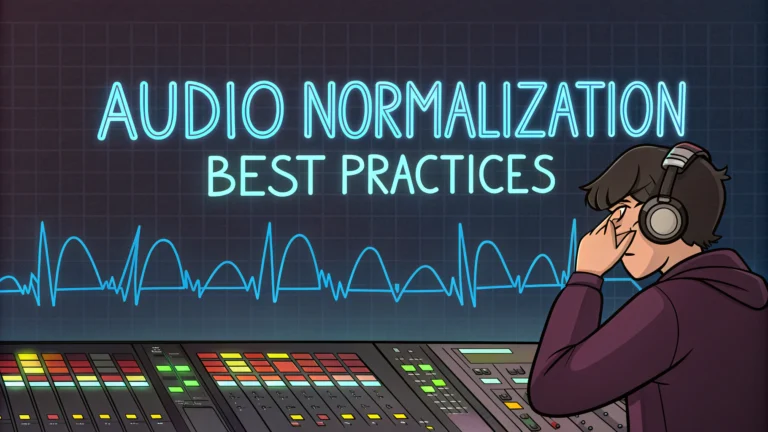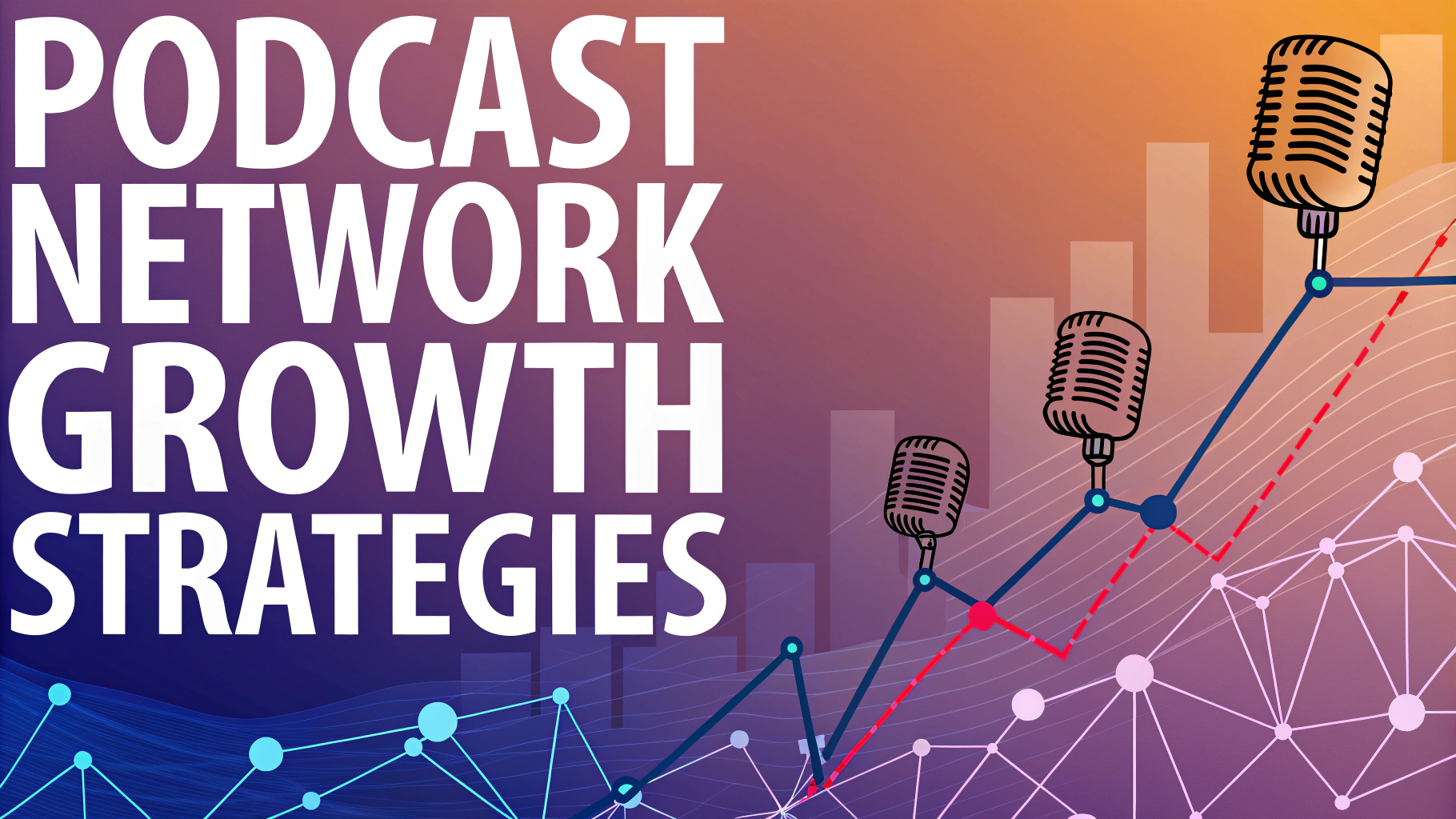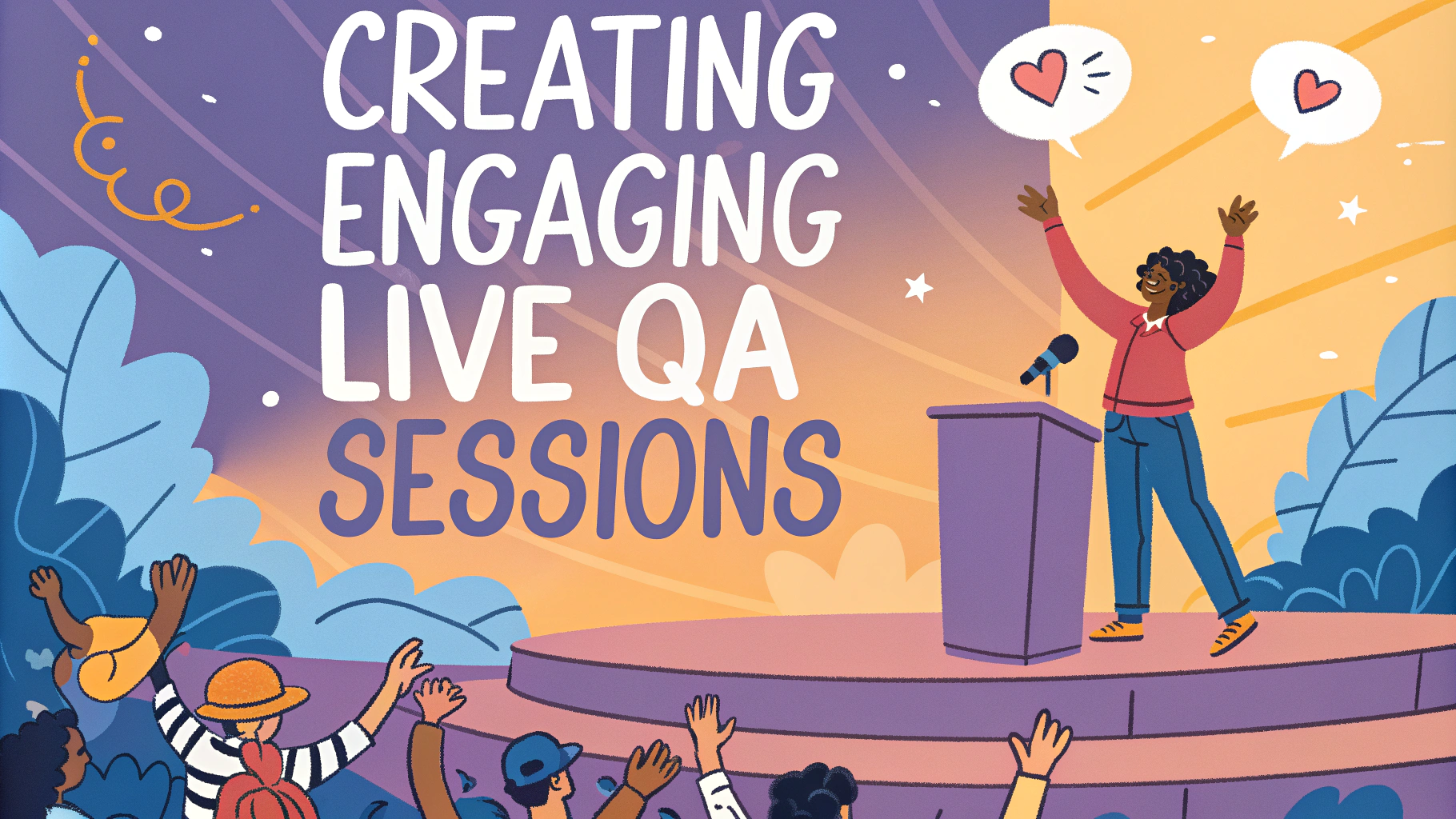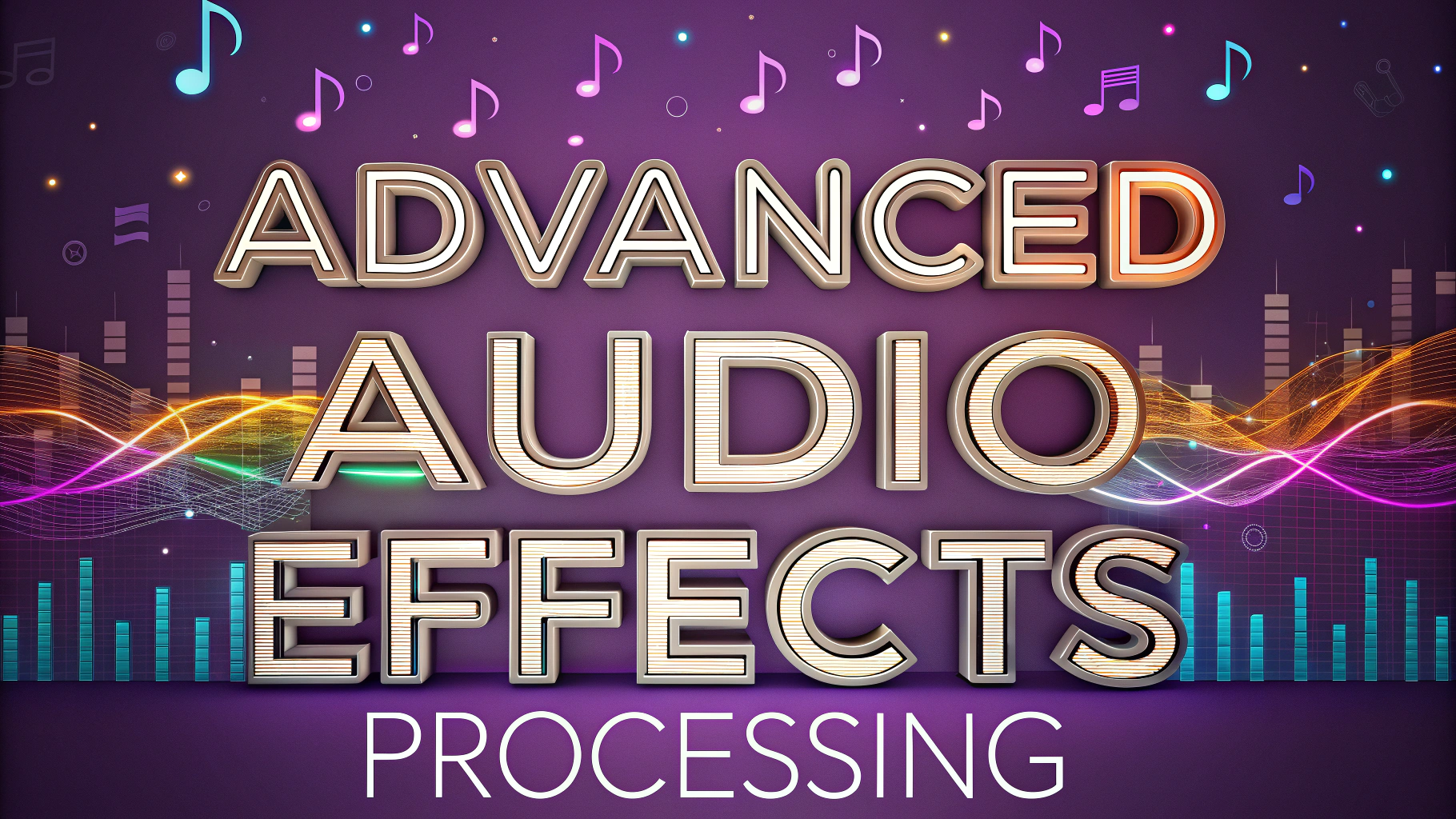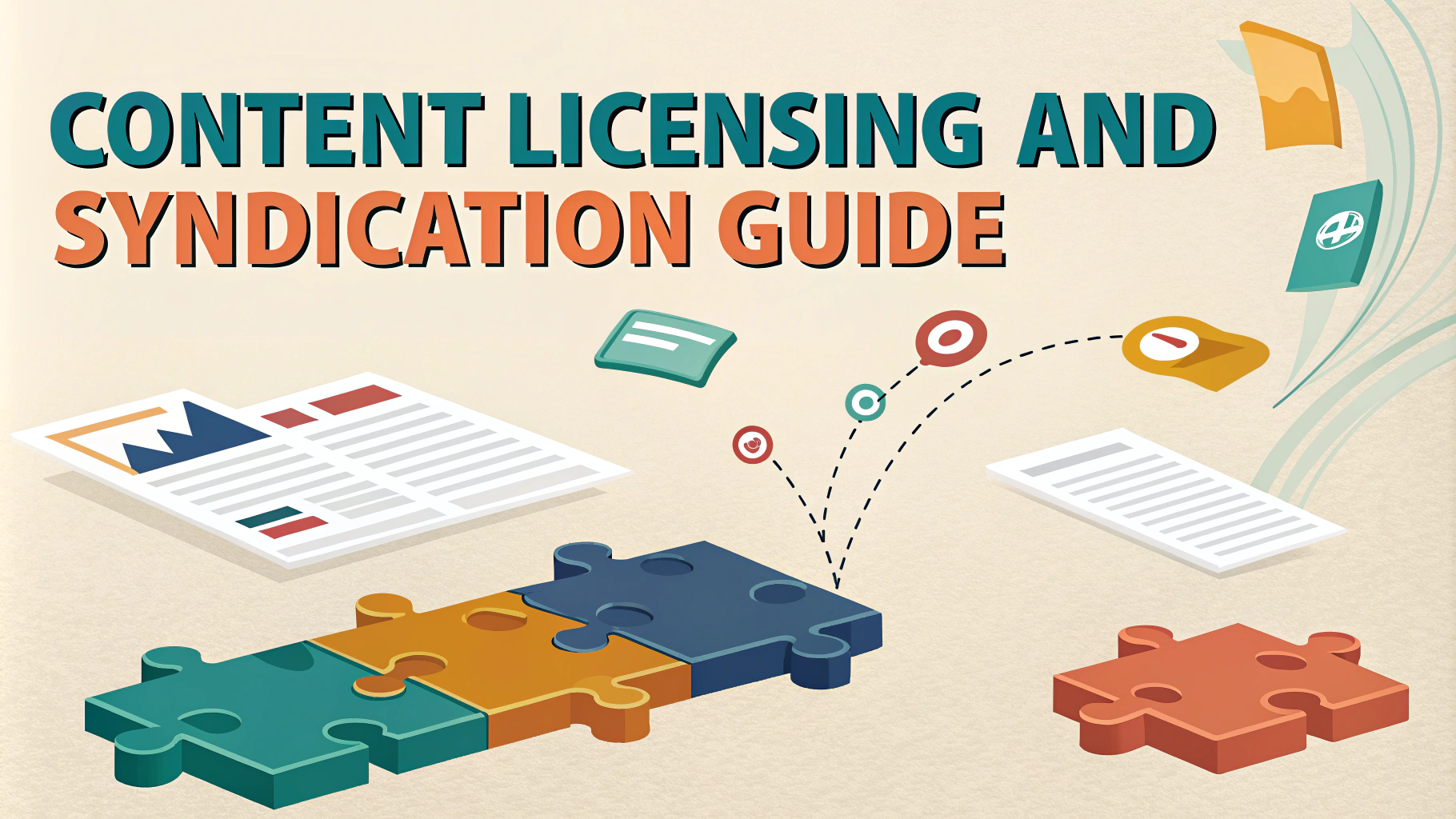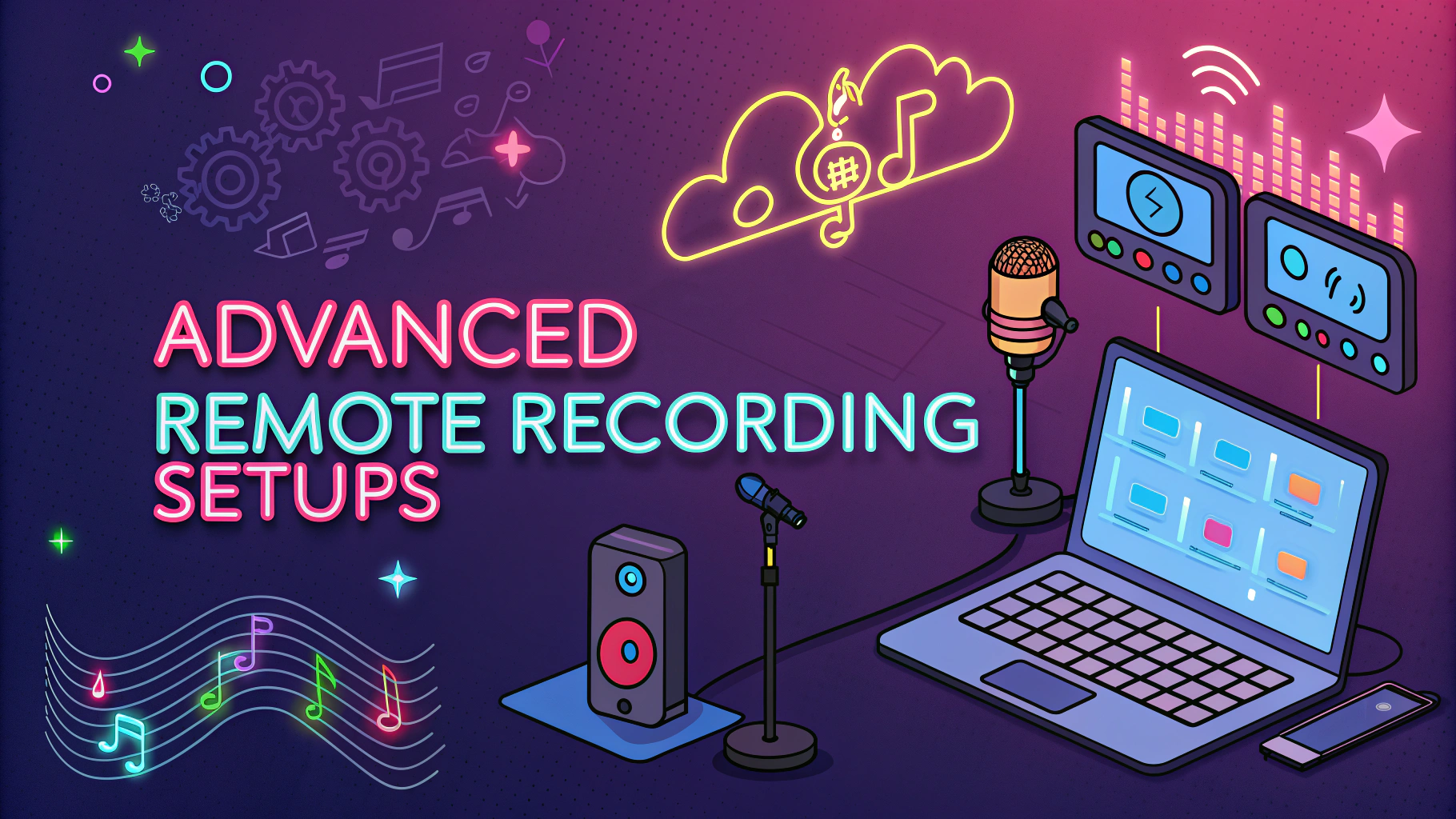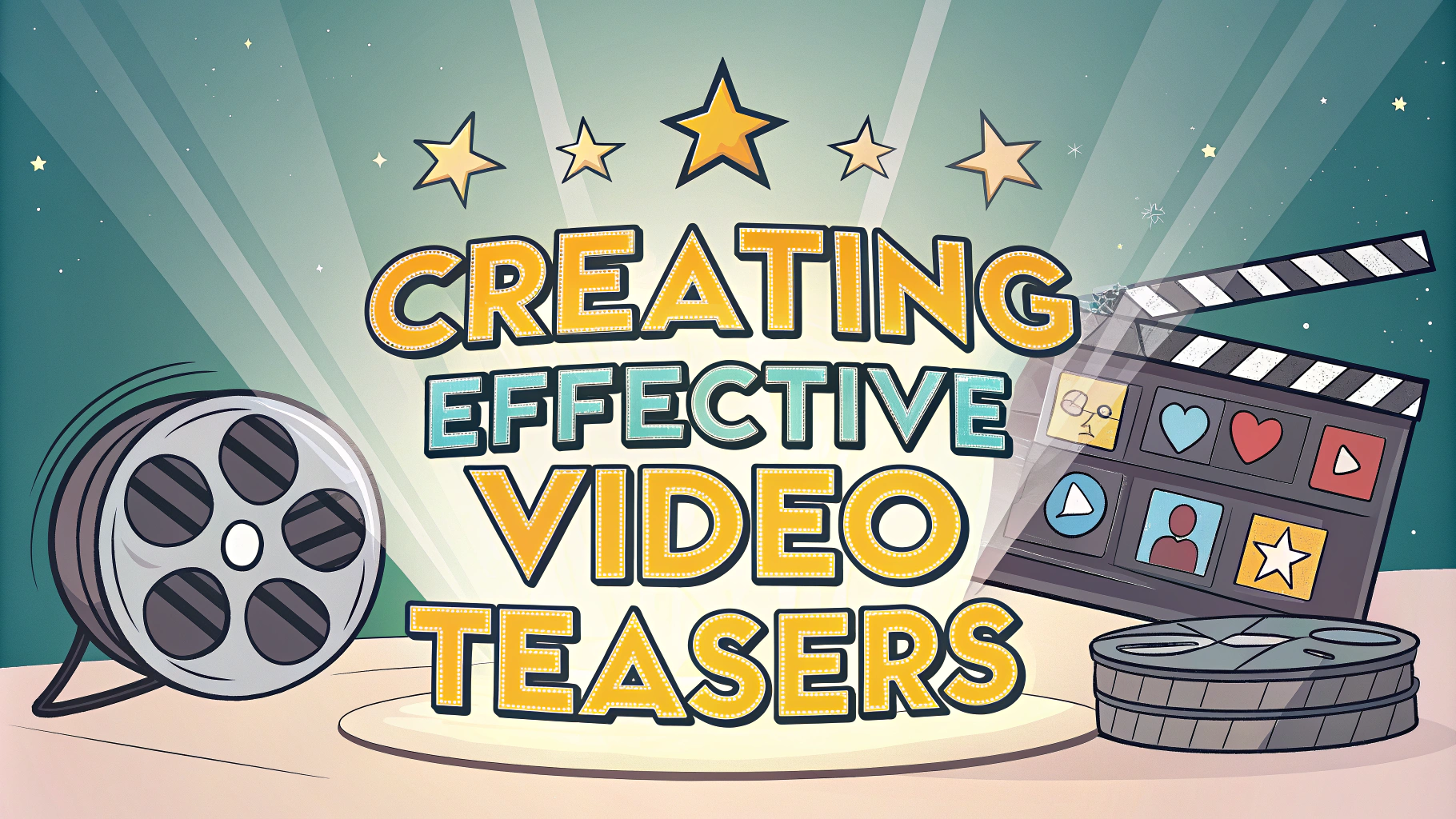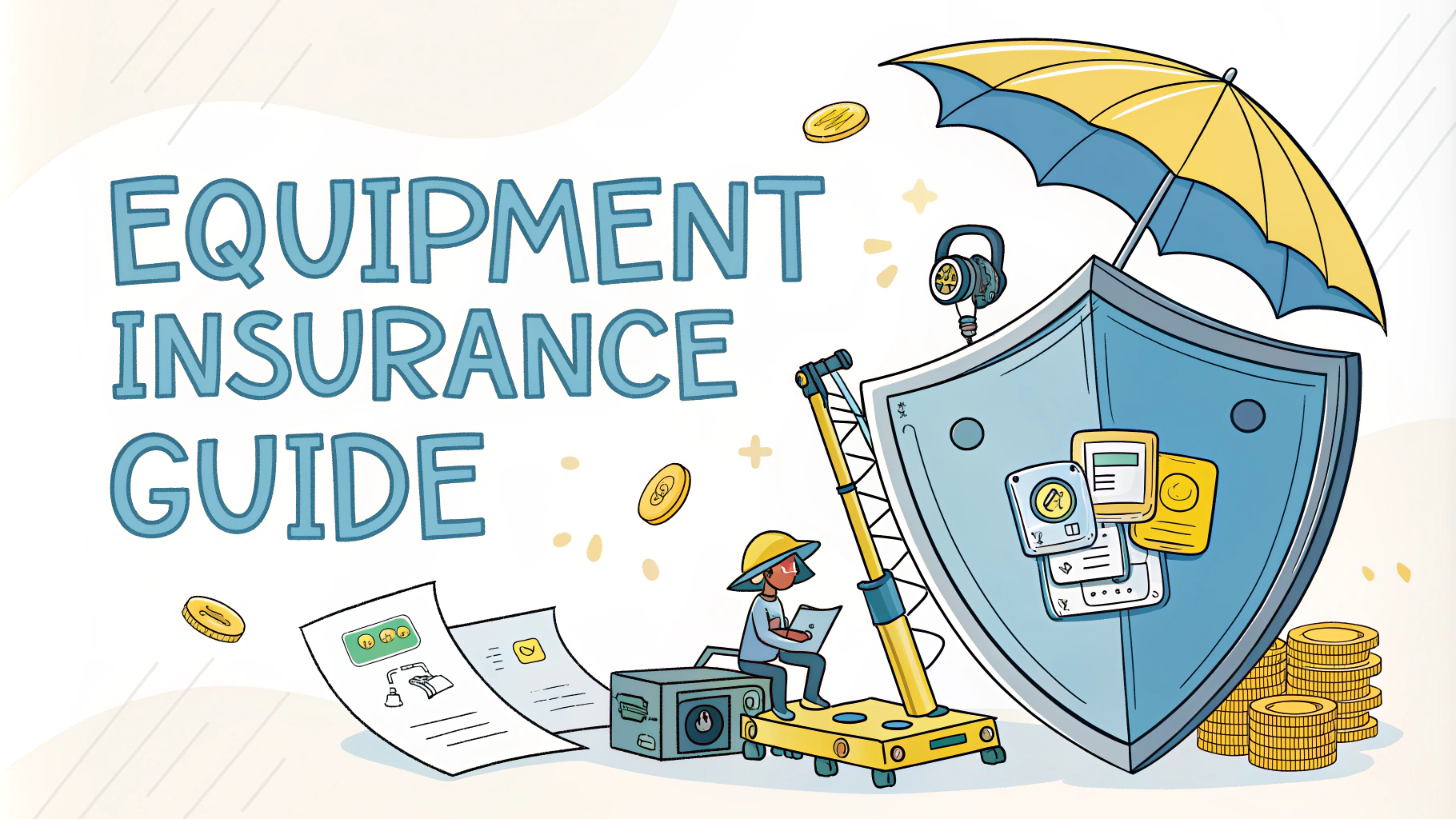Audio normalization helps create consistent volume levels across your podcast episodes, making the listening experience smoother for your audience.
Professional-sounding podcasts maintain steady audio levels throughout each episode, preventing listeners from constantly adjusting their volume controls.
This guide covers the essential steps and tools for effective podcast audio normalization, helping you achieve broadcast-ready sound quality.
Understanding Audio Normalization
Audio normalization adjusts the amplitude of audio signals to match a target level, typically measured in decibels (dB).
- Peak normalization: Adjusts based on the loudest point in your audio
- RMS normalization: Considers the average volume throughout the recording
- LUFS (Loudness Units Full Scale): The broadcast industry standard for measuring perceived loudness
Recommended Target Levels
For podcasts, aim for these industry-standard measurements:
- Target LUFS: -16 to -14 LUFS for stereo
- True Peak: -1 dB maximum
- Dynamic Range: 8-16 LU (Loudness Units)
Tools for Audio Normalization
- Adobe Audition: Professional-grade audio editing with built-in normalization tools
- Auphonic: Automated online service specializing in podcast audio processing
- Hindenburg Pro: Podcast-focused editor with automatic loudness normalization
- GarageBand: Free option for Mac users with basic normalization capabilities
- Audacity: Free, open-source option with manual normalization features
Step-by-Step Normalization Process
- Record your podcast with proper gain staging
- Clean up background noise and edit content
- Apply compression to control dynamic range
- Normalize to target LUFS level
- Check true peak levels
- Export with appropriate settings
Common Normalization Mistakes
- Over-normalizing, which can introduce distortion
- Applying normalization before editing
- Ignoring true peak levels
- Using incorrect target levels for your platform
Platform-Specific Requirements
| Platform | Target LUFS | True Peak |
|---|---|---|
| Spotify | -14 LUFS | -1 dB |
| Apple Podcasts | -16 LUFS | -1 dB |
| YouTube | -14 LUFS | -1 dB |
Next Steps for Better Audio
After mastering normalization, explore advanced topics like multiband compression, EQ treatment, and spatial audio processing to further enhance your podcast sound quality.
Regular monitoring of your published episodes across different platforms and devices will help ensure consistent playback levels for all listeners.
Connect with other podcasters in communities like r/podcasting or the Podcast Movement to share experiences and learn from others.
Advanced Normalization Techniques
While basic normalization helps achieve consistent levels, advanced techniques can elevate your podcast’s audio quality further:
- Parallel compression for natural-sounding dynamics
- Mid-side processing for stereo enhancement
- Adaptive normalization for varying content types
- Segment-based processing for different audio elements
Quality Control Best Practices
- Test normalized audio on multiple devices
- Compare with reference tracks
- Monitor listener feedback
- Keep detailed processing notes
- Create preset chains for consistency
Troubleshooting Common Issues
Volume Inconsistencies
- Check input gain levels
- Verify normalization settings
- Review compression thresholds
- Monitor export settings
Technical Problems
- Address clipping issues
- Fix phase problems
- Eliminate unwanted artifacts
- Resolve export format conflicts
Delivering Professional-Grade Audio
Implement a final checklist before publishing:
- Verify LUFS measurements
- Confirm true peak compliance
- Check dynamic range
- Test on target platforms
- Archive master files
Taking Your Podcast to the Next Level
Consistent audio levels are fundamental to professional podcasting. Regular practice of these normalization techniques, combined with attention to detail and ongoing learning, will help establish your podcast as a quality production that listeners can trust and enjoy.
Remember that audio normalization is just one component of a broader sound design strategy. Stay current with industry standards and continue refining your technical skills to maintain competitive edge in the evolving podcast landscape.
FAQs
- What is audio normalization in podcasting?
Audio normalization is the process of adjusting the volume of an audio file to a standard level across all episodes, ensuring consistent loudness throughout your podcast content. - What’s the recommended LUFS target for podcast audio?
The standard target for podcast audio is -16 LUFS for mono and -14 LUFS for stereo, which aligns with major platforms’ recommendations including Spotify and Apple Podcasts. - Should I normalize audio before or after other editing processes?
Normalize audio after completing other editing processes like noise reduction and EQ adjustments, but before final export, to ensure the most consistent end result. - What’s the difference between peak normalization and loudness normalization?
Peak normalization adjusts audio based on the highest amplitude points, while loudness normalization adjusts based on perceived average loudness, which is more relevant for podcasting. - What happens if I don’t normalize my podcast audio?
Without normalization, listeners may need to constantly adjust volume between episodes or segments, and your podcast may sound unprofessional compared to others on streaming platforms. - What tools can I use for podcast audio normalization?
Professional tools include Adobe Audition, Auphonic, and iZotope RX, while free options include Audacity and the built-in normalization features in most DAWs (Digital Audio Workstations). - How do I prevent clipping when normalizing audio?
Set a true peak target of -1 dB or -2 dB during normalization to maintain headroom and prevent digital clipping in the final output. - Should I normalize each track separately or the entire mix?
First normalize individual tracks for consistent levels, then apply final normalization to the entire mix to meet platform standards and ensure overall consistency. - What’s the difference between RMS and LUFS in audio normalization?
RMS (Root Mean Square) measures raw audio power, while LUFS (Loudness Units Full Scale) measures perceived loudness accounting for human hearing characteristics, making LUFS more relevant for podcast normalization. - How do streaming platforms handle normalized audio?
Streaming platforms often apply their own normalization to ensure consistency across their platform, but providing properly normalized audio ensures your content sounds as intended.
